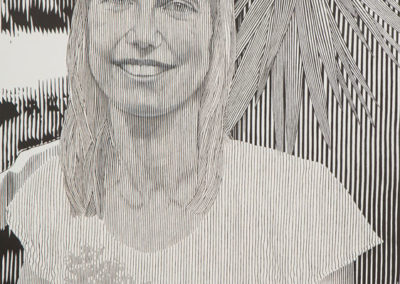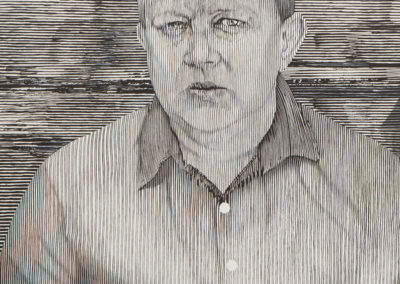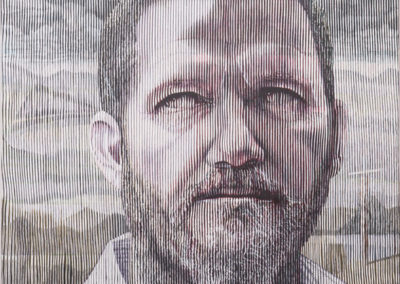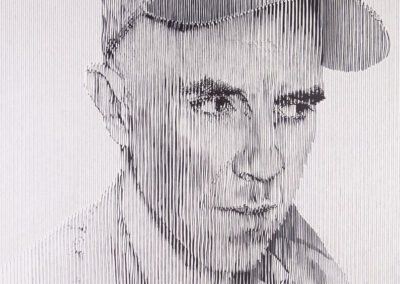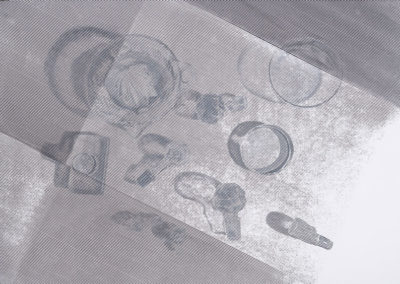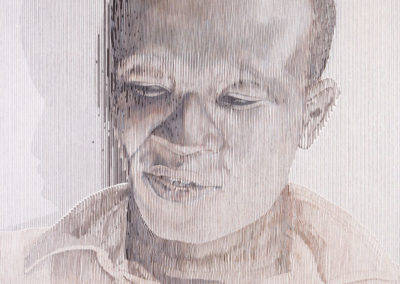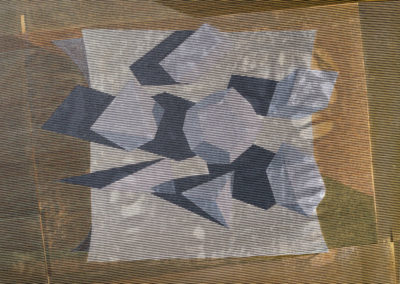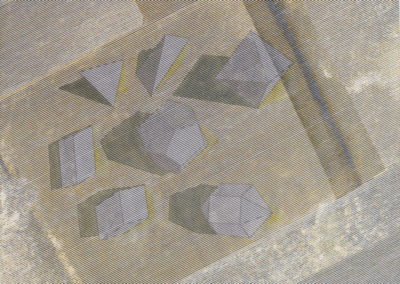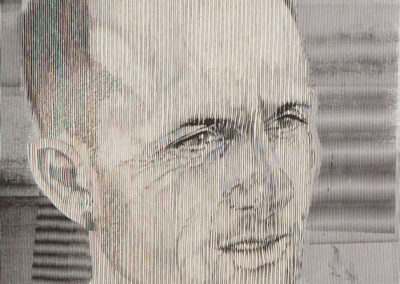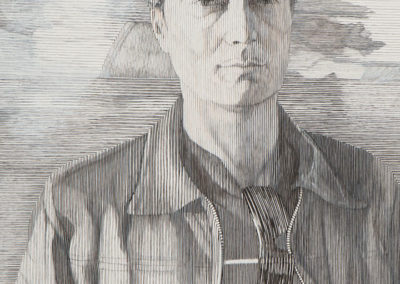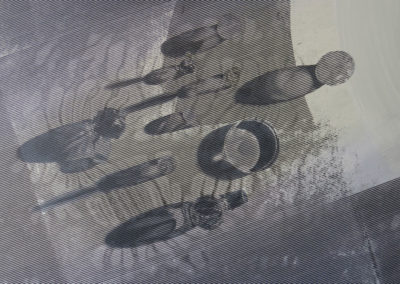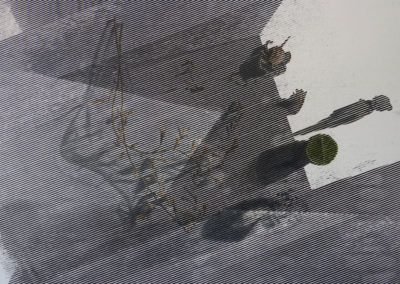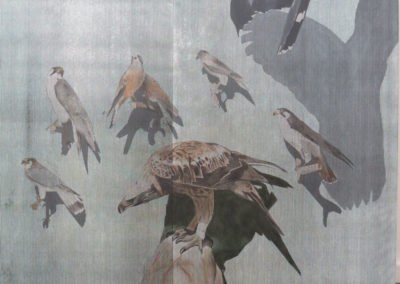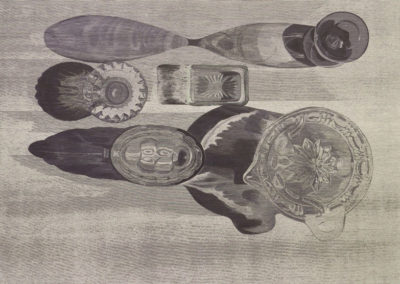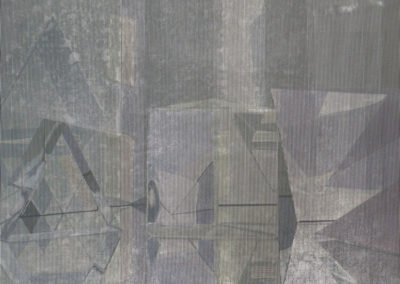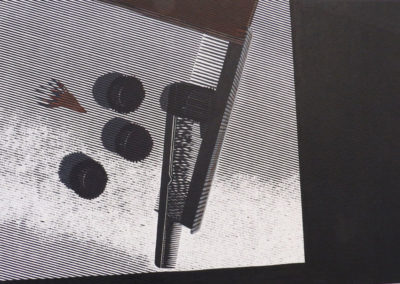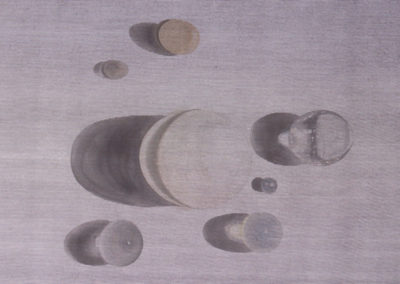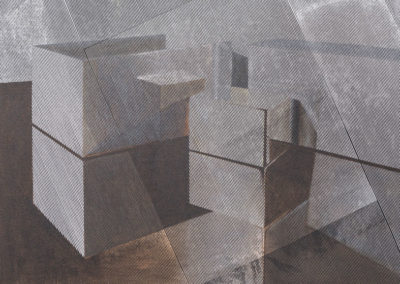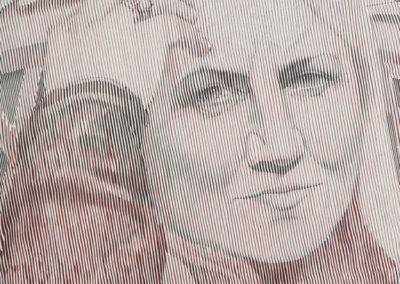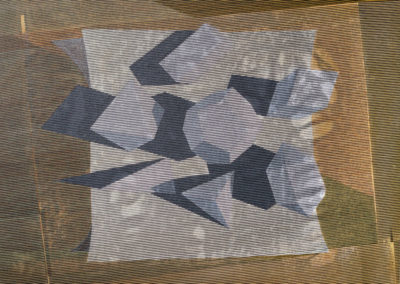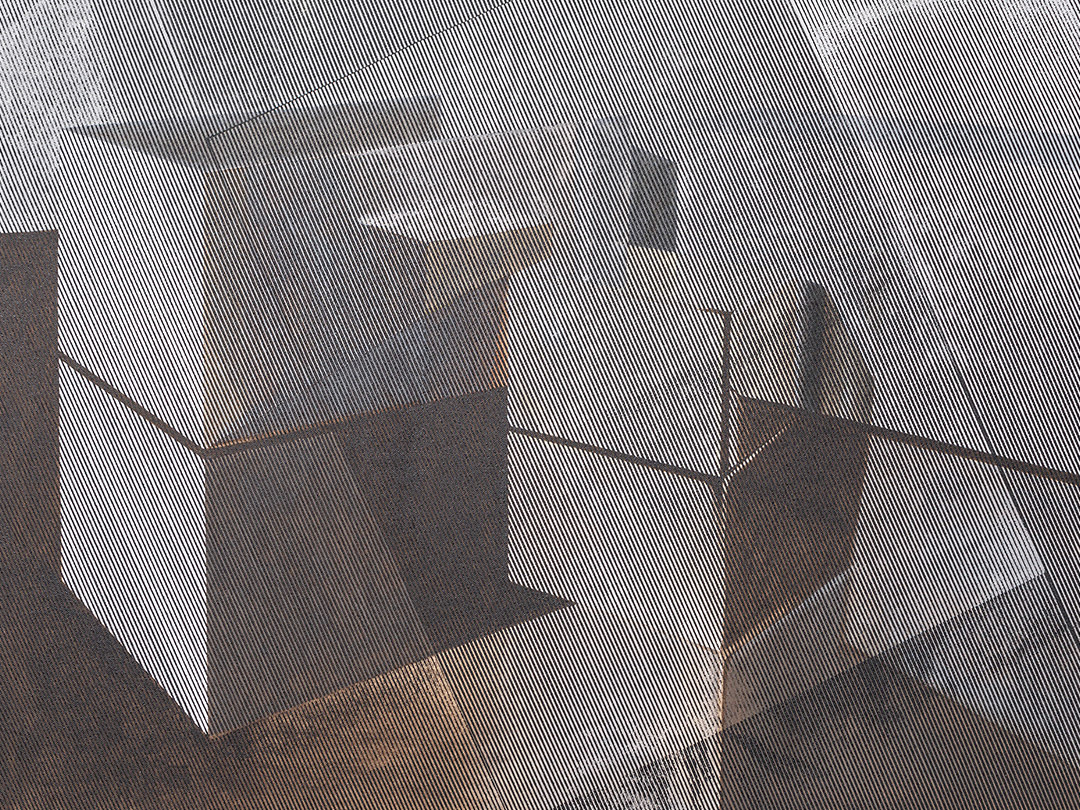
11
11
A SOLO EXHIBITION BY
CONNOR CULLINAN
17.04.2019 – 30.05.2019
Daor Contemporary is pleased to present 11.11 a solo exhibition by Connor Cullinan.
Daor Contemporary is pleased to present 11.11 a solo exhibition by Connor Cullinan.
Connor Cullinan was born in Pietermaritzburg, where he studied fine art at the University of Kwazulu-Natal. He completed a Post Graduate Diploma in Art at UCT’s Michaelis School of Art in 2011. Cullinan has worked as a lecturer since 2004, teaching visual communication, illustration, graphic design and drawing at various tertiary institutions in Cape Town. Cullinan is predominately a painter but he is also a printmaker and he has integrated screen printing into his painting practice.
‘11.11 takes its title from the eleven portraits and eleven still lifes on show.
The portraits are of local artists, whose practice entails “looking” and finding ways to express what they see. The Op technique that the portraits are rendered in creates unstable images, which frustrates easy consumption. The longer one spends looking at the individuals, the less fixed the images become.
The still lifes contain a variety of objects that are strongly-lit and (mostly) viewed from above. The emphasis on light is intended to draw the eye to it and to suggest that light is, in fact, the real subject of the still lifes. The unusual, bird’s eye view separates the objects from one another and presents them as stand ins for much larger forms, such as planets and stars grouped by physical laws. Their shapes and the materials from which they are made are also reminiscent of heavenly bodies, although this is only one possible reading. On a more quotidian level, they are simply sun-struck solids that allow for the appreciation of the play of light on them as they sparkle, refract and glow.
The installation of the works suggests that the figures and objects inhabit the same world, making the boundaries of the paintings seem permeable and extendable. The coupling of objects and figures poses questions about the nature of their relationship: is it formal or symbolic? The pensive, often angle eyed portraits, seem to be considering the adjacent-hanging objects; are they thinking about these arrangements of things or are these things manifestations of their minds?’
Connors work is about visual perception; it’s a contemporary extension of 1960s Op art into the realm of figuration. The subjects, portraits and still lifes, are created by closely set dark and light lines. These lines are hand-painted in acrylic or screen printed, with both methods often occurring in one painting. The visual effect of the strongly contrasting lines sets up a subtle illusion of movement when gazed at. This effect suggests the vitality of the human figures as well as the shifting qualities of light falling on them or on still life objects. The illusions of movement (and the phantom colours that are fleetingly present) are symptoms of the brain’s visual system becoming unstable due to conflicting visual stimuli. These optical illusions are not happening out there on the canvas but inside the brain, at the very edge of vision, where perception starts to disintegrate. The sense of transience and dematerialisation is reinforced by the binary line technique used to construct the subject matter: much of the space between the dark lines is the empty ground of the canvas, which effectively makes the subjects only half there. The dark lines read as a screen of parallel filaments through which one peers at the ground and as one does so, the subjects appear to dissolve into pure energy, suggesting what lies beneath solid form. The screens of lines also allude to the gratings used in perceptual psychology and scientific experiments into the physics of light, in which rays are shone through vertical slits in a surface.

